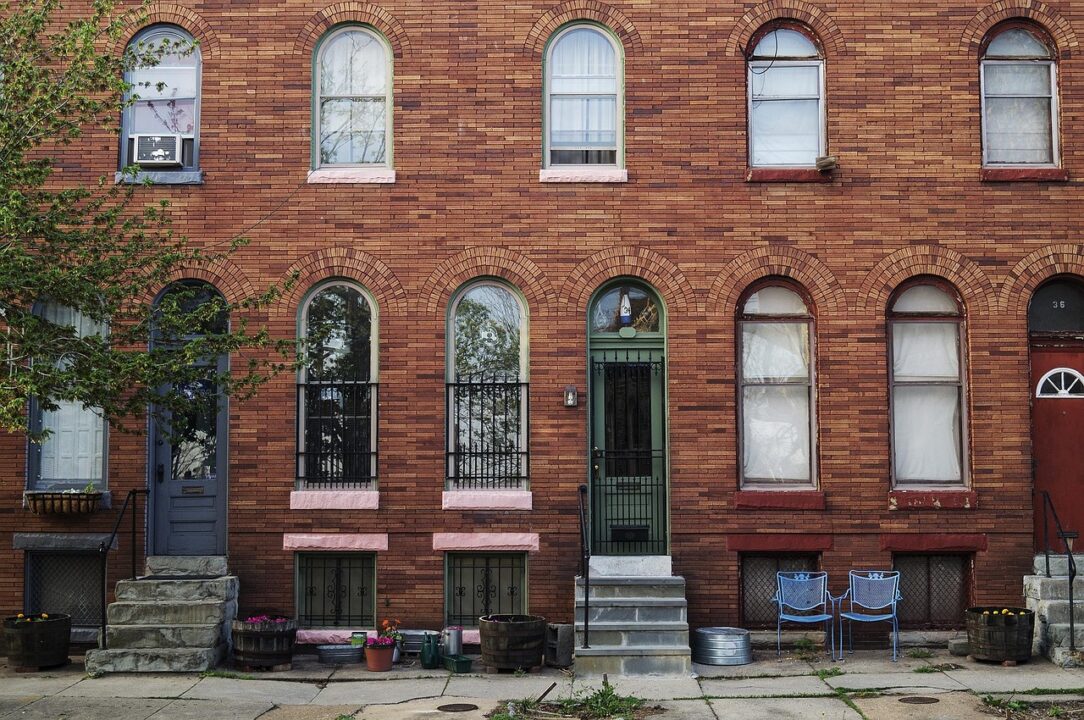The University of Maryland, Baltimore County’s new Academic Success Center (ASC) held its grand opening recently, but has been operating since the beginning of the Fall 2019 semester. The ASC, which falls under the Division of Undergraduate Academic Affairs, combines two pre-existing offices — Academic Policy and the Learning Resources Center — along with the newly created Academic Advocacy program.
The decision to bring these different offices together came mostly out of a desire to improve communication and to lessen student confusion, according to Amanda Knapp, Associate Vice Provost and Assistant Dean of Undergraduate Academic Affairs. “Because we were working as separate units… students didn’t always know, ‘well, where do I go for support?’” Knapp says. “Or you’d have to be referred from one location to another location, which takes time.” With Academic Policy and Academic Resources now housed in the same place, students are more likely to get the help they need in a timely manner.
An important part of this process is the new Academic Advocacy branch of the ASC. Not to be confused with advisors, academic advocates provide support to help students navigate a wide range of challenges, such as policy and financial aid. “That doesn’t mean they’re going to be experts in those areas,” Knapp says, “but they help students to get through those processes so that they can definitely get to graduation on time without as many barriers.” Each of the three advocates specializes in a particular college.
Amanda Sharp, the academic advocate for the College of Arts, Humanities and Social Sciences, notes that the work she is doing as an academic advocate is not unique — advisors, professors and other staff all help students in addition to their other responsibilities. “Everyone’s doing this work at UMBC,” Sharp says. “It’s just now there’s a position that is only doing this work at UMBC.”
Both Knapp and the academic advocates themselves stressed that the Office of Academic Advocacy aims to serve students who have “fallen through the cracks.” These students can be referred to the advocates by their professors or other staff members using an online form; they can also refer themselves. From there, the advocates’ job is to help them identify on-campus resources to find the best solution to their problem.
In its first two months of operation, the academic advocates have already had some opportunities to put this model into practice. Cliff Saul, the academic advocate for College of Engineering and Information Technology and a former community director for Patapsco Hall, cites one student who was referred by a professor after they emailed her, indicating their plan to withdraw from her class. It turns out that the student had run into financial issues outside of their own control, so Saul worked with the student to connect with financial aid to find a solution.
“That student was under the impression that they weren’t going to be able to finish, and they were a senior,” Saul says. “They’re on a track now to be able to finish at the end of this academic year.” For Saul, it is moments like these, where he is able to positively impact students’ lives, that make him proud to hold this new position.
Saul is not the only one who feels that way. Knapp says that, although the advocates all have excellent credentials and each went through a rigorous hiring process, one of the greatest deciding factors was their dedication to students’ well-being.
“There are things about the job I can teach. I can teach them how to work with degree audit and help a student navigate policies. What I cannot teach them is how to care,” Knapp says. “[The Academic Advocates] were picked because they knew they truly cared about students.”


